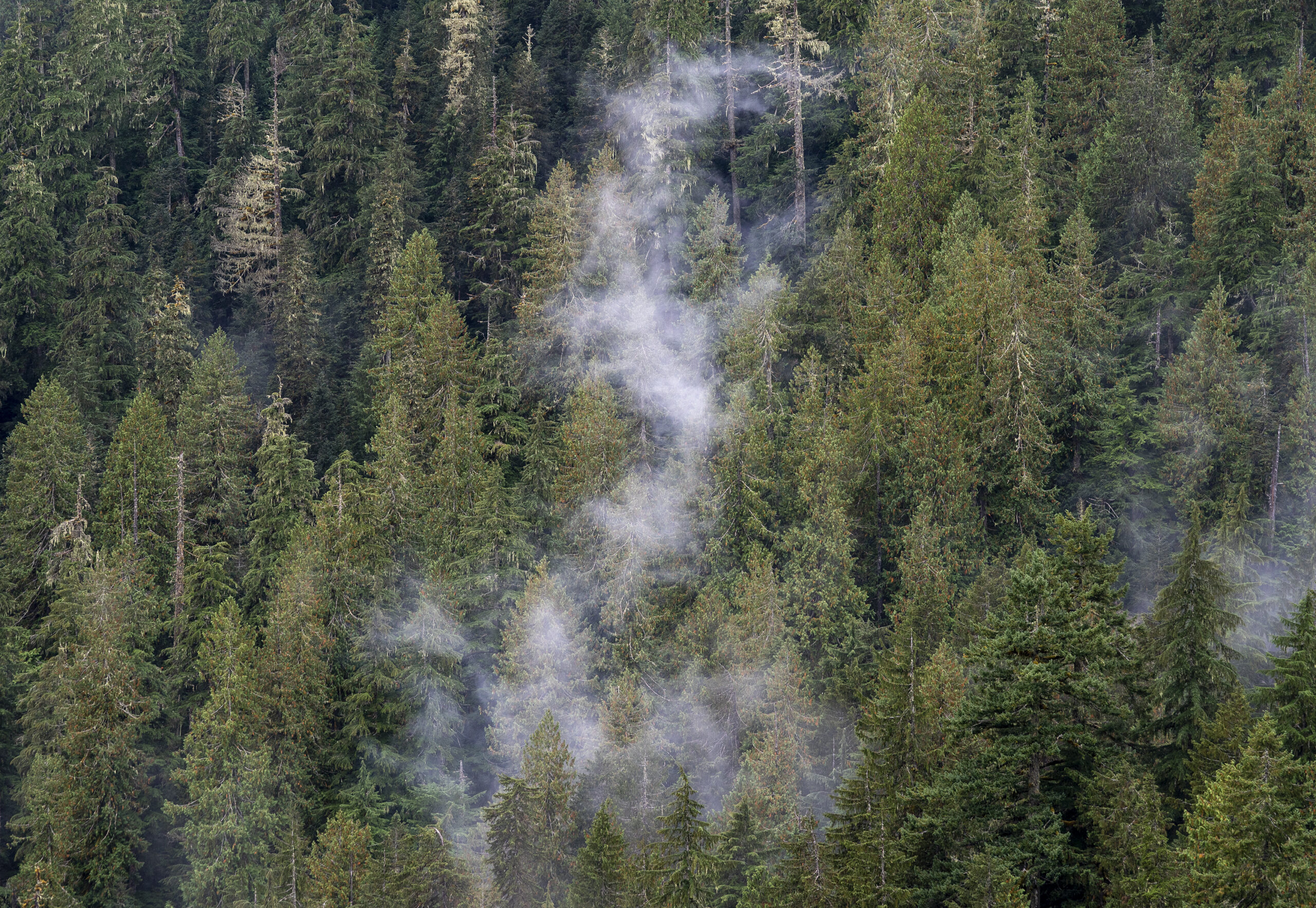Twenty-three years ago, Karyn Pugliese was embedded with land defenders blockading the roads at Barriere Lake in northwestern Quebec, reporting for APTN on protests against a forestry development.
She moved back and forth between the land defenders’ waist-high barricade of traditional land and the police lines unimpeded. “I just said, ‘I’m media,’” says Pugliese, now editor-in-chief of Canadaland. “It was no problem.”
It’s a far cry from what has transpired at land defence actions in recent years. At Fairy Creek, B.C., in the summer of 2021, journalists were “repeatedly being blocked and interfered with by police” while trying to report on blockades protecting old growth rainforest on Vancouver Island. The Canada Press Freedom Project has tracked 16 denials of access by RCMP from May to September 2021 alone, and one arrest. Just a few months later on Wet’suwet’en territory, two journalists were arrested at gunpoint by the RCMP and jailed along with matriarchs and land defenders who are trying to stop a tunnel for a pipeline being drilled under the Morice River in British Columbia. Increased coverage of Indigenous protests and land blockades over the last few years has dovetailed with a concerted effort to limit media workers’ and the public’s rights to see what is happening.
There’s one common denominator in both situations: exclusion zones.
An injunction is a legal remedy that either compels or stops someone from doing a certain action. It’s not a new tool in the slightest — some researchers have tracked the origins of the injunction to ancient Rome.
How this has worked in practice in Canada is that companies will seek injunctions to stop protesters from blocking their business activities — like creating a road blockade — or from protesting on what the company views as its property. If issued by a judge, anyone who breaks the injunction is subject to penalties or arrest. Sometimes, these injunctions include what is called an exclusion zone: an area where police limit public access. (They can also be called no-go zones, buffer zones, temporary access control areas, or, colloquially, media exclusion zones, though this does not comprehensively describe their scope.) That said, in some cases, like Fairy Creek and Wet’suwet’en, an exclusion zone was set up despite not being specifically enumerated in the injunction.
In Canada, injunctions have a long and inequitable history of being used to stop Indigenous people from asserting land rights. In a study of over a hundred of injunctions filed for and against First Nations between 1958 and 2019, researchers Marc Kruse and Carrie Robinson found that a majority of injunctions filed against First Nations by the government and corporations were successful. (Injunctions filed by First Nations groups, on the other hand, are far less likely to be approved by courts.) Over half of those injunctions involved disputes over blockades.
Continue reading this story at the Canada Press Freedom Project.
H.G. Watson was J-Source's managing editor from 2015 to 2018. She is a journalist based in Toronto. You can learn more about her at hgwatson.com.

